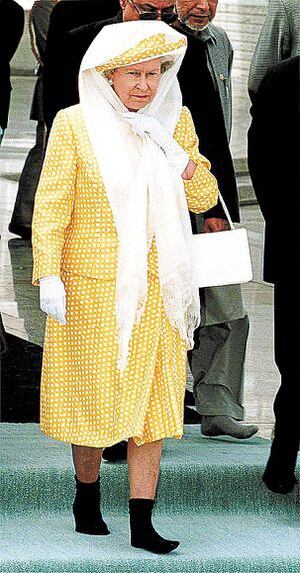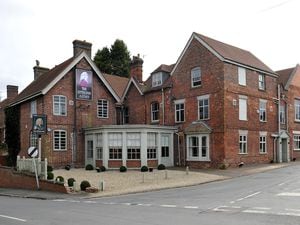How Queen Elizabeth II invented the royal walkabout
Others have been given the credit, but it was Queen Elizabeth II who actually invented the walkabout. In New Zealand in 1970, she decided she would meet more people first hand if she left her car and strolled rather than rode.
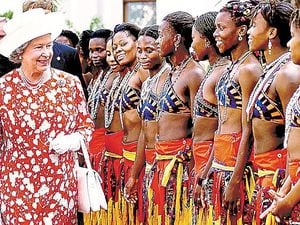
This she did to great effect all over the world and they loved her for it.
Elizabeth ll inherited what was left of an Empire and a vast Commonwealth as well as her island homeland – England, Scotland, and Wales, with Northern Ireland. All had enjoyed regular visits, including Shropshire.
Long before republicanism far afield became an issue, she firmly believed that you couldn’t be Queen of Australia, for instance, without going there regularly. And wherever her plane landed or her ship touched shore, every nation still welcomed her with enormous pleasure.
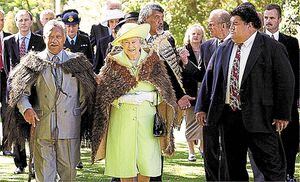
This Queen was the most experienced and most travelled of our monarchs, her knowledge and understanding of the world far surpassed that of any other King or Queen, of any modern prime minister, president or dictator.
Those from other lands she met or invested in the United Kingdom were amazed at how much she knew about them, their country and their history.
And regal though she undoubtedly was while out on formal show, Elizabeth II could be equally chatty, absorbed and positively jolly on a personal level. Many of us pay testament to her humanity and charm when meeting her informally.
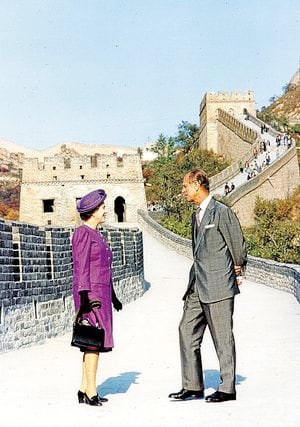
She remained an entertaining hostess, often with a corgi or two at her feet!
The Queen in her turn did whatever overseas hosts asked of her. She had allowed herself to be carried on shoulder-high seats in the South Pacific, dressed for the bitter climate in the far north of Canada, donned hard hat, white coat or protective boots as necessary when touring factories or other industrial sites and saw that as her job. And during the most gruelling tour, if anyone suggested she might be tired, the Queen always claimed you were only tired if you were bored by people and since she never was, she did not feel weary.
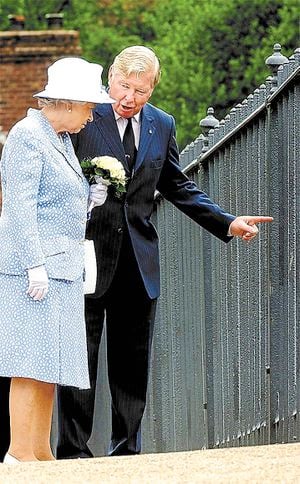
Such spirit can only have been inherited from one direction – her marvellous mother, our Queen Mother, who until the end of her long and eventful life, went out, did her duty, ignored tiredness and absolutely refused to let old age or infirmity beat her.
Elizabeth the daughter was made of the same stern stuff, but was also the first to say that it had been she who had had the greater privilege of far-off travel, learning about totally different lives and sharing not just the world’s greatest glories but also its deepest sorrows.
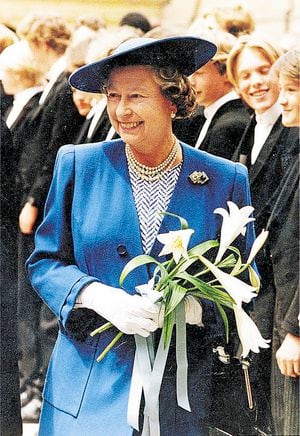
And of course, apart from her will to do it, it is air travel which during her reign has come to be so widely used, which makes such travel possible. At home, Queen Elizabeth II remained a popular and welcome visitor by millions who had never known life without her, and who now face the future without her surefooted example.
